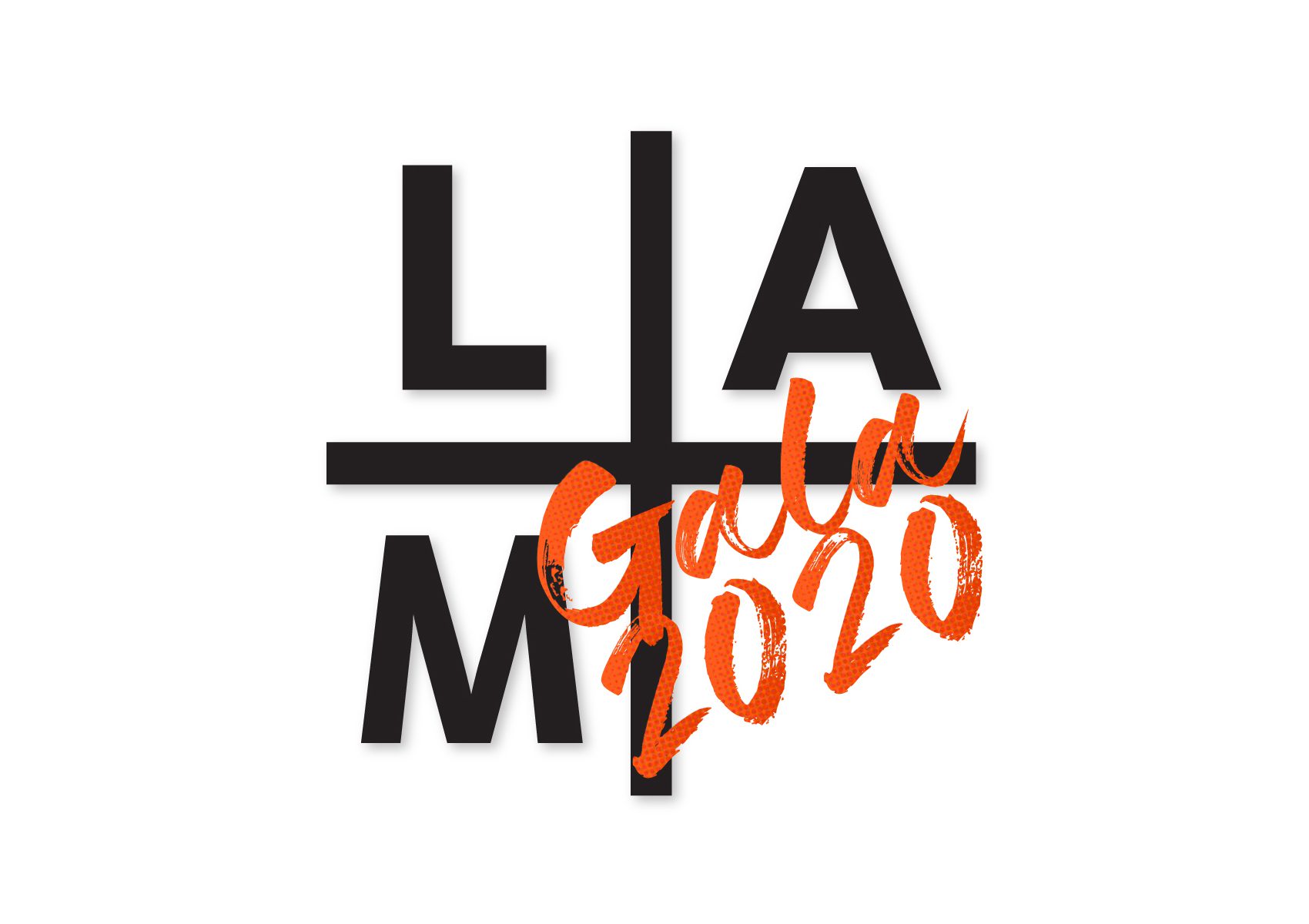#2

John McLaughlin
#2
Oil on canvas, 1975
60 x 48 inches
Gift of Mrs. John McLaughlin
1975.019
The work of John McLaughlin was a catalyst for the development of hard-edge abstraction on the West Coast after World War II. McLaughlin had spent several years in Japan during the 1930s, studying Japanese painting and philosophy based on Zen, and mastering the language, which later allowed him to serve in the war as a military translator. His immersion in Japanese art and culture informed his art, which was designed to induce contemplation and was composed of a spare vocabulary of rectangles in a limited range of colors.
McLaughlin’s #2-1975 is a late work, composed of a series of stacked horizontals, with carefully calibrated proportions meant to establish a state of calm in the viewer. He arrived at the composition and color schemes for his relatively small-scale paintings after making numerous small drawings and paper constructions. McLaughlin’s work is known for being severely reductive as he strove to eliminate any content that would take the viewer out of the here and now. He believed that, “The less we give the viewer the more we must look within ourselves.“
McLaughlin began painting late in life—at the age of fifty—following his move to Dana Point with his wife Florence after the war in 1946. They also lived from 1967 to 1972 at 2160 South Coast Highway in Laguna Beach, in a house that artist Ruth Peabody willed to them upon her death. Now cherished as one of the premier works in Laguna Art Museum’s collection, the artist donated #2-1975 to the museum three months before his death. Records indicate the painting was “scheduled to be sold in the near future with proceeds to matching funds.” While the reasons for the planned sale are unknown, it delightfully remains in the Museum’s collection to this day.






